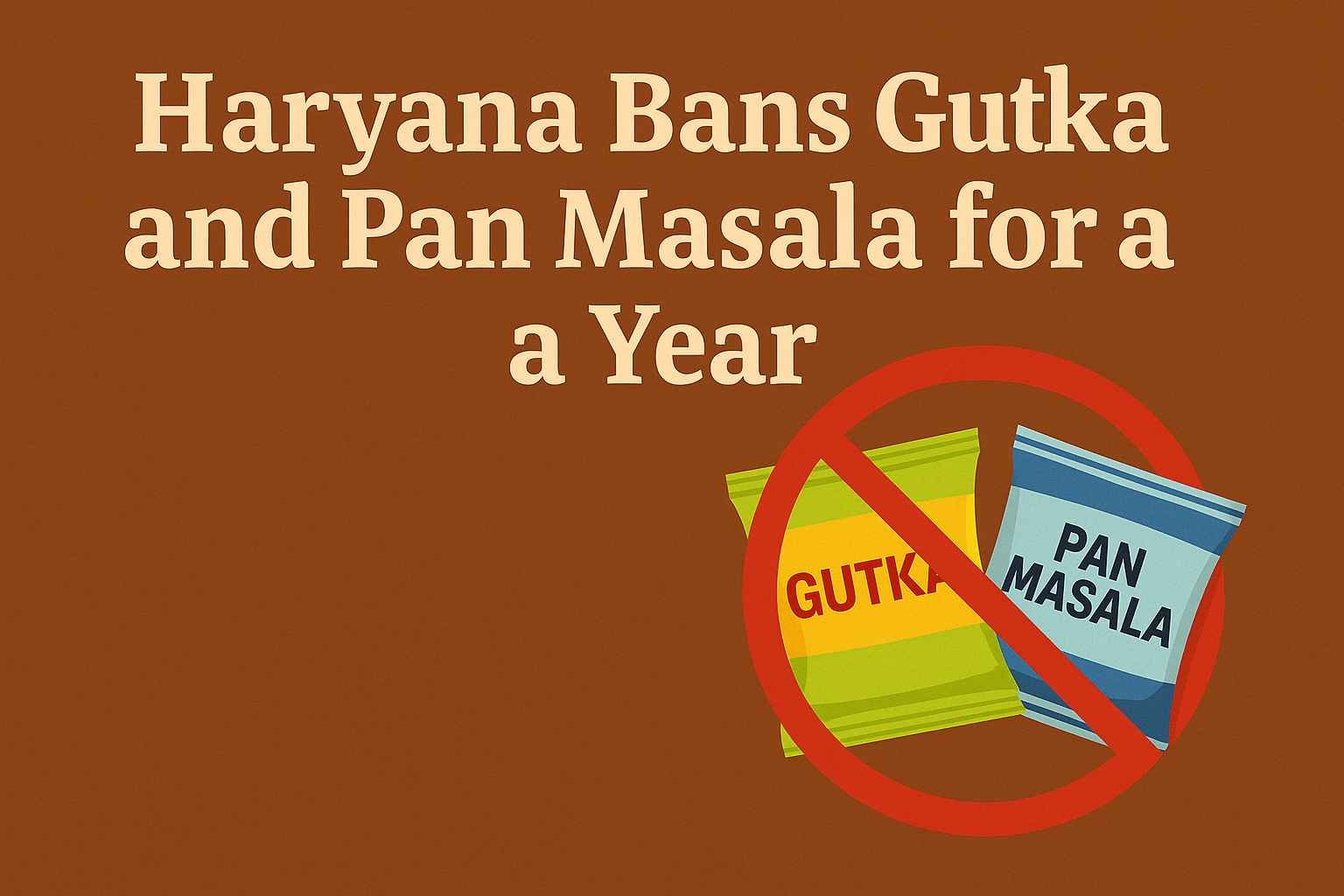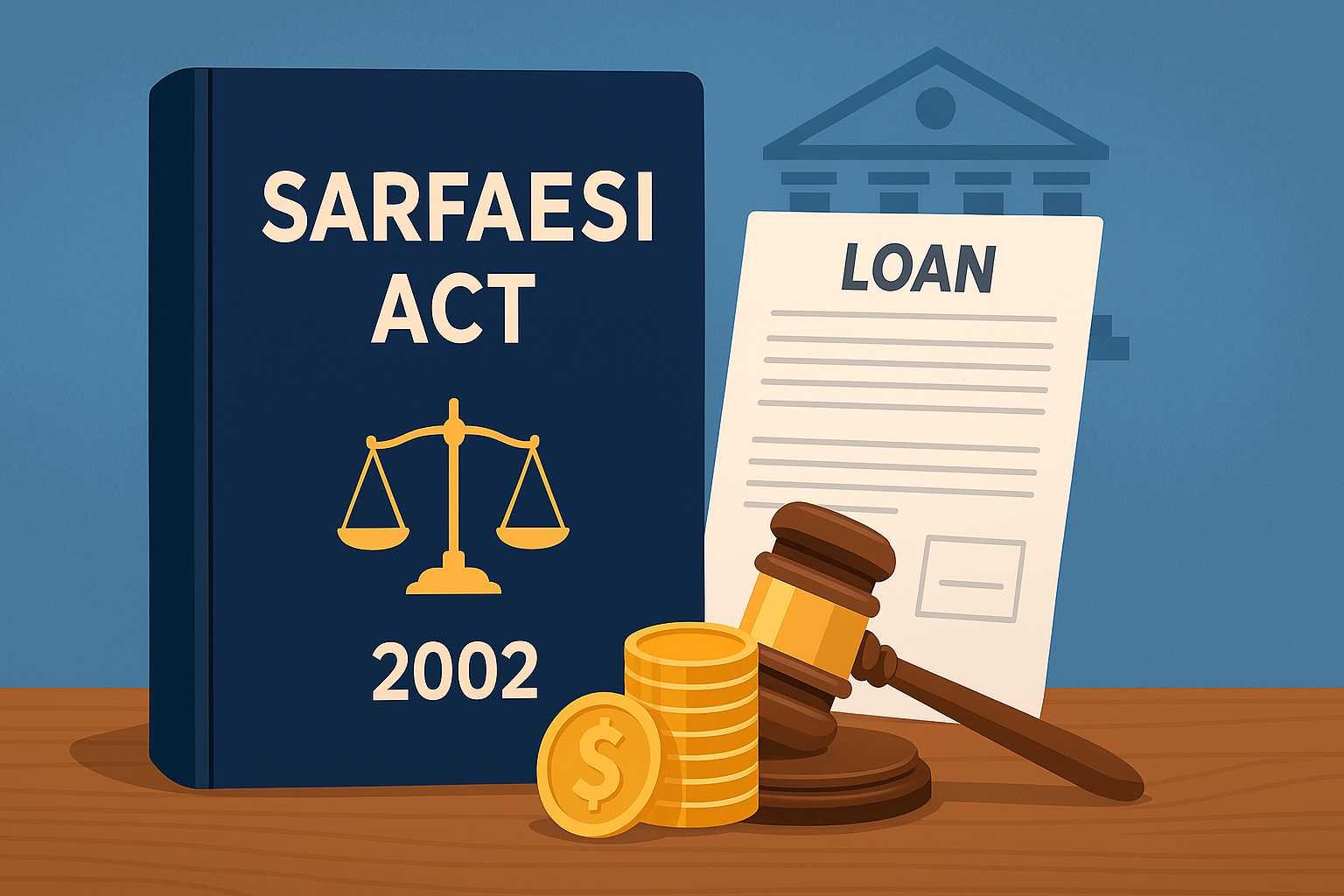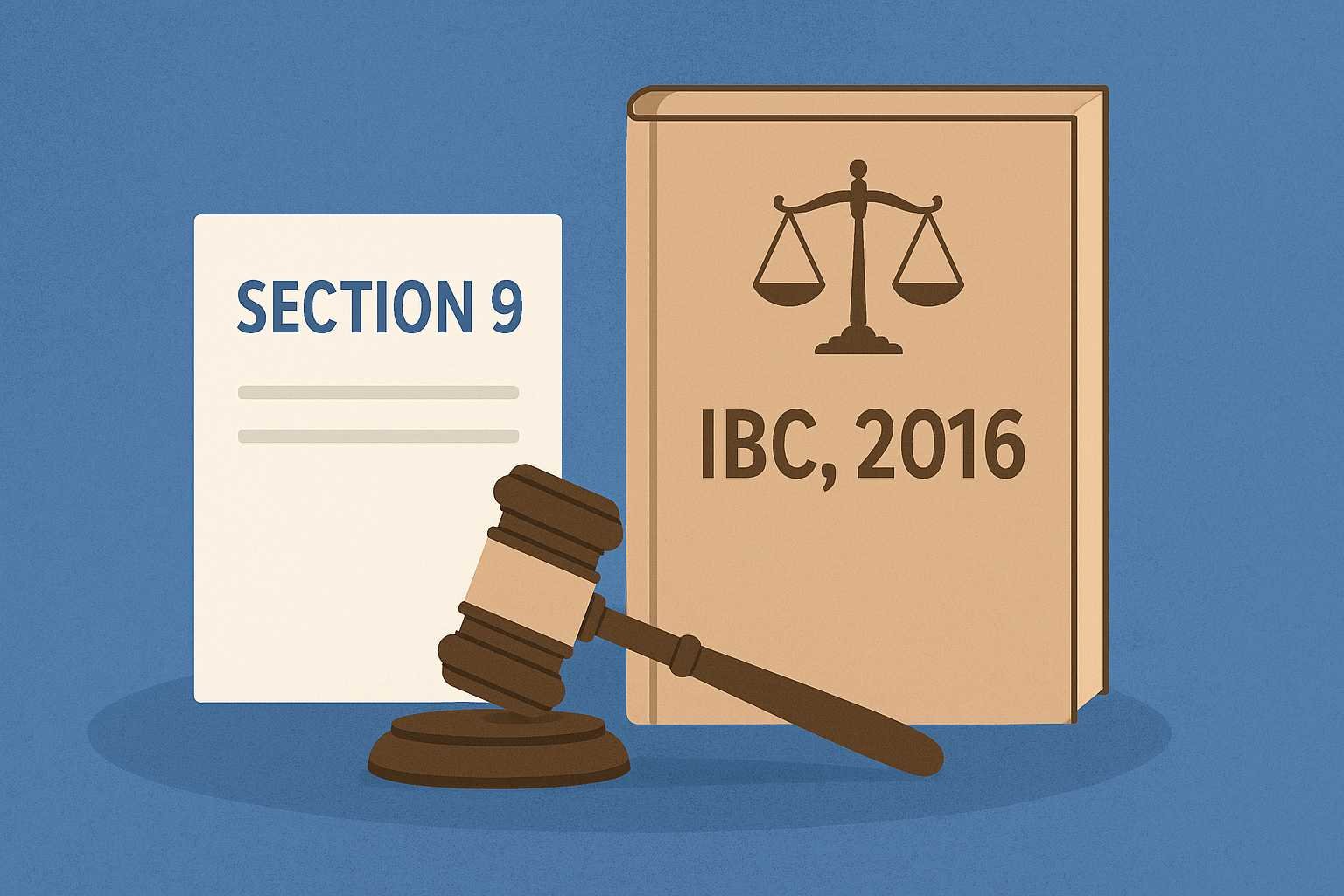On this page you will read detailed information about GST 2.0.
Bachat Utsav” literally means “Savings Festival.” The idea is to package the tax cuts and simplification as a benefit for everyday life, especially during a festive period when consumer spending is typically high. There are multiple dimensions:
- For consumers: Lower GST on many items means you’ll pay less for essentials and aspirational purchases (gadgets, appliances, etc.). This increases disposable income.
- For MSMEs and small businesses: Reduced compliance complexity, fewer slabs to track, more predictable billing. Goods moving from higher tax rates to lower ones often increase demand, which helps sellers.
- For state economies: The government projects that this reform will stimulate consumption, boost local manufacturing (“Swadeshi”), and strengthen economic growth.
How Navratri Adds Power to the Reforms
Navratri is one of India’s key festival seasons. Here’s how timing these reforms with Navratri creates a multiplier effect:
1. Increased demand: Festivals mean more shopping—new clothes, kitchen items, sweets, puja necessities. With lower taxes, merchants are likely to offer better deals, and consumers are more willing to spend.
2. Gifting & aspirational purchases: Many people wait for festivals to buy TVs, appliances, jewellery. Lower GST on aspirational goods means these purchases become more affordable.
3. Emotional uplift: Festive mood + savings = psychological readiness to spend. The “festival of savings” messaging helps.
4. Promotion and awareness: Government and local bodies are using the period to run awareness campaigns, informing buyers and sellers of the new rates. Traders in markets are highlighting the savings, making the change visible.
Real-Life Examples of Savings
Here are some early observed impacts (as of late September 2025):
- Namkeen / sweets in places like Indore: Many items that were taxed at 12-18% have now moved to the 5% slab. Consumers get cheaper prices per kilogram; sellers see more foot traffic.
- Power bills: In Madhya Pradesh, the shift in GST on coal and removal of some cess is estimated to reduce electricity bills by ~₹60 per month for regular consumers.
- Household essentials like soaps, insurance premiums, medicines, edible oil, biscuits: many of these have seen tax cuts which directly affect monthly outflows.
- Haryana announcement: The GST reforms are expected to bring an annual benefit of ~₹4,000 crore to Haryana residents, easing burden on consumers and traders.
Who Gains Most
Some groups benefit strongly:
- Middle & lower income households: Because essentials form a bigger share of their expenses, even a small reduction in tax adds up.
- Women & families: Savings on daily groceries, health items, and home staples tend to ease household budgets.
- MSMEs and small shops: Lower tax slab confusion, reduced burden, more demand.
- Rural & semi-urban markets: Often sensitive to price shocks, these areas may see stronger impact. The savings make an immediate difference.
- Aspiring consumers: Those who were delaying purchases (appliance, electronic, or furniture) may now feel buying is more affordable.
In the previous post, we had shared information about What Is a Legal Notice? Meaning, Process & Examples, so read that post also.
Potential Challenges and Cautions
Reforms look good on paper, but real-world impact depends on implementation. Some challenges:
- Passing on the benefit: Even if GST is reduced, it depends on retailers lowering their MRP accordingly. Some may delay or not reduce enough. Monitoring and enforcement needed.
- Awareness: Many consumers (especially rural, or older) may not immediately know which product now has lower tax. Confusion could reduce uptake.
- State revenue concerns: Some states may feel revenue shortfall due to the rate cuts. Balancing state finances is still needed.
- Luxury / “sin” goods ambiguity: For items still in high-slab or luxury categories, the benefit may be nothing. Consumers expecting large discounts may be disappointed.
- Supply chain & inventory issues: Products already imported or manufactured under old tax brackets may have cost built in; MRPs set earlier may not adjust immediately.
Broader Growth Impacts & Long-Term Gains
Beyond immediate savings, GST Bachat Utsav + GST 2.0 reforms point to long-term structural changes:
- Boost to “Made in India”: With tax structure favouring domestic production (lower GST, fewer complex slabs), Indian manufacturers become more price competitive. This encourages investment in MSMEs and local supply chains.
- Simplified taxation growth: Fewer slabs means simpler compliance, fewer disputes over classification. Businesses spend less time understanding what rate applies. It reduces friction in trade.
- Consumer demand: Lower prices mean demand is likely to rise, helping businesses, especially in retail, FMCG, electronics. This applies particularly in festival seasons (Navratri → Diwali).
- Increased formalization: Smaller sellers may enter the formal economy, adapt to digital billing; compliance becomes easier with a simpler tax code.
- Fiscal balancing: While some tax cut could reduce immediate government revenue, expected gains from higher volumes of trade, better compliance, and broadened tax base can offset that loss. Also, items that remain in higher slabs or “sin/luxury” goods help balance revenue impact.
What Consumers & Businesses Should Do to Benefit
If you want to make the most of Bachat Utsav under GST 2.0, here are actionable tips:
- Shop smart: Look for products you frequently buy that have moved to lower GST slabs—stock up now (especially festival supplies).
- Check invoices and tags: Ensure retailers reflect the lower GST rates; keeping bills helps in case of complaints.
- Buy Swadeshi / domestic: Many domestic brands will be cheaper; choosing them supports local industries and may yield better savings.
- Plan aspirational buys: For electronics, appliances, etc., which may have had high tax before, the reforms may reduce the cost significantly. Delaying purchases until or after reforms might have been costly.
- Traders prepare: Update billing systems, retrain staff to show new rates, ensure GST returns reflect new slabs correctly.
- Awareness: Consumers should follow government updates and news channels; many states/traders run awareness campaigns (market-level) during this period.
Case Study: Impact in Indore & MP
- Indore: Famous for its namkeen and sweets, many items taxed earlier at 12-18% now coming under 5% slab. Consumers reportedly seeing price drops of approx ₹20-30/kg for popular snacks. Sellers expect higher footfall.
- Madhya Pradesh (MP): Power bills are projected to reduce (~₹60/month) for households using standard consumption due to GST changes around coal and excise adjustments. The savings translate to crores in total annually for the state.
These are early examples, but they illustrate how GST 2.0 + Bachat Utsav is not just theoretical—it’s working already.
Looking Ahead: What to Watch
- Will prices of more goods be adjusted post-inventory clearances?
- How state governments handle any revenue losses or shortfalls associated with rate cuts.
- Monitoring & feedback loops: ensuring businesses don’t delay passing on savings.
- Possible further GST rationalization (some suggest moving more items to 5% or even zero rate).
- Adoption of digital tools / faster refunds to ease business cash flow.
Conclusion: Saving, Growing, Celebrating
Navratri 2025 arrives with more than just spiritual renewal. GST Bachat Utsav transforms it into a moment where reforms, culture, and consumer relief intersect. With rate simplifications, lower tax burdens on essentials, and greater clarity for businesses, this isn’t just a festival of lights—it may become a festival of savings and growth.
For households, every rupee saved on daily items counts. For MSMEs, simplified rates and increasing demand are reasons to expect stronger performance. For the economy, these reforms could help push growth, stimulate consumption, and reinforce the path toward self-reliance (Atmanirbhar Bharat).
So, as you prepare for this Navratri, think beyond the garba and the prisms of colour. This year, your puja, your shopping, your spending can also be celebrations of value—more for less, smarter choices, and joy that comes from true savings. That’s what Bachat Utsav under GST 2.0 is all about.
Disclaimer
The information and services on this website are not intended to and shall not be used as legal advice. You should consult a Legal Professional for any legal or solicited advice. While we have good faith and our own independent research to every information listed on the website and do our best to ensure that the data provided is accurate. However, we do not guarantee the information provided is accurate and make no representation or warranty of any kind, express or implied, regarding the accuracy, adequacy, validity, reliability, availability, or completeness of any information on the Site. UNDER NO CIRCUMSTANCES SHALL WE HAVE ANY LIABILITY TO YOU FOR ANY LOSS OR DAMAGE OF ANY KIND INCURRED AS A RESULT OR RELIANCE ON ANY INFORMATION PROVIDED ON THE SITE. YOUR USE OF THE SITE AND YOUR RELIANCE ON ANY INFORMATION ON THE SITE IS SOLELY AT YOUR OWN RISK. Comments on this website are the sole responsibility of their writers so the accuracy, completeness, veracity, honesty, factuality and politeness of comments are not guaranteed.
So friends, today we talked about GST 2.0, hope you liked our post.
If you liked the information about GST 2.0, then definitely share this article with your friends.
Knowing about laws can make you feel super smart ! If you find value in the content you may consider joining our not for profit Legal Community ! You can ask unlimited questions on WhatsApp and get answers. You can DM or send your name & number to 8208309918 on WhatsApp








